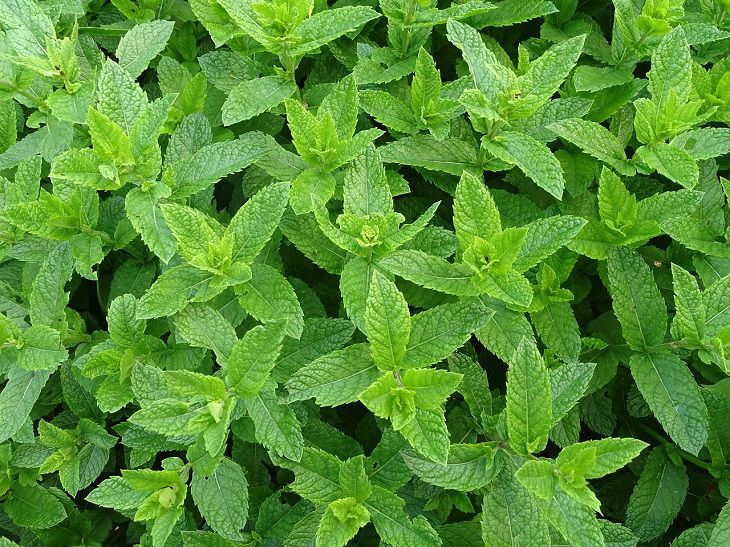Why mint is useful in the garden: secrets of the green sorceress for your garden
Mint is a fragrant herb with amazing properties that can transform any garden.
Its presence in the beds not only pleases the eye and nose, but also brings considerable benefits. Why do gardeners value this unpretentious plant so much?
The Many Benefits of Mint
Mint is a real find for a gardener. Its spicy aroma repels many pests, protecting neighboring plants from unwanted guests.
Cabbage, tomatoes and potatoes especially benefit from being close to mint, as it effectively repels cabbage whites, Colorado potato beetles and whiteflies.
Attracting beneficial insects
In addition to repelling pests, mint attracts beneficial insects to the garden.

Bees and bumblebees that pollinate plants cannot resist the aroma of mint flowers. Mint also attracts predatory insects such as ladybugs and lacewings, which feed on aphids and other pests.
Improving soil condition
The root system of mint helps improve the structure of the soil. The plant enriches the soil with organic matter, which has a positive effect on the growth of other crops.
In addition, mint helps retain moisture in the soil, which is especially valuable during dry periods.
Natural repellent
The strong aroma of mint repels not only insects, but also larger pests.
Rodents and moles avoid areas where mint grows, which helps protect the crop from their encroachment.
Companion plantings
Mint goes well with many garden crops. It can be planted next to tomatoes, peppers, eggplants, cabbage and green crops.
This proximity has a beneficial effect on the growth and development of plants, and also improves the taste of vegetables.
Medicinal properties
Growing mint in the garden provides the gardener with fresh medicinal raw materials.
Mint leaves are used to prepare teas, infusions and decoctions that have a calming and anti-inflammatory effect.
Culinary uses
Fresh mint is an essential ingredient in many culinary recipes. It is added to salads, sauces, drinks and desserts.
Having mint in your garden allows you to always have fresh herbs on hand to add a special aroma and taste to your dishes.
Decorative qualities
In addition to its practical benefits, mint also has decorative properties.
Its lush greenery and graceful flowers can become a decoration of any vegetable garden or garden. Mint can be planted along paths, creating fragrant borders.
Controlling the spread
Despite all its advantages, mint has a tendency to spread actively.
To prevent it from growing excessively, it is recommended to plant the plant in containers or limit the root system with special barriers.
Growing mint in the garden is not only useful, but also exciting. It will become a real gardener's assistant, protecting other plants, attracting beneficial insects and delighting with its aroma.
With the right approach to planting and care, mint will bring benefits for many years and delight with its presence in the garden beds.
